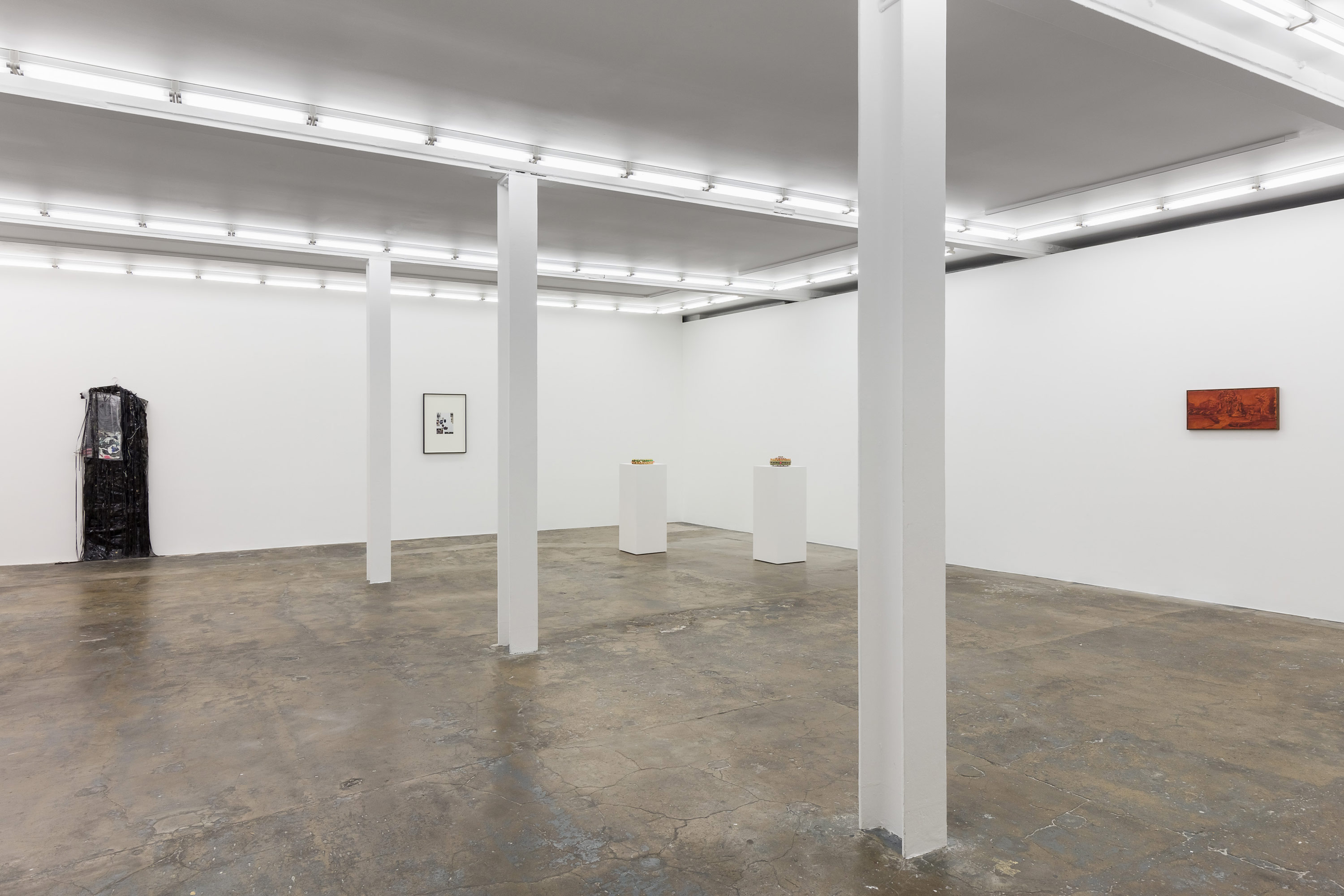This exhibition takes as its starting point Guercino’s painting Et in Arcadia Ego (1618–1622), also known as The Arcadian Shepherds. “Arcadia” originally described a secluded, untouched part of a rural landscape and later became a term more broadly used to describe paradise. In this particular depiction of an idyllic scene, the melancholic faces of two young shepherds reveal their yearning for a pure, uncontaminated utopia. A carefully rendered skull in the foreground of the painting captures their attention, beneath it an inscription reads “ET IN ARCADIA EGO,” which translates to “EVEN IN PARADISE, THERE I AM.” A typical allegory for the mortality of humankind, the painting reminds the viewer that the closer we come to death, the stronger the yearning for Arcadia manifests.
If the pathological fear of aging can be understood as the fear of dying, we work hard to distance ourselves from mortality by cultivating eternal youth. Amidst the ever-presence of death, yearning for flawlessness — just as Guercino’s shepherds pine after Arcadia — offers a survival strategy. Never allowing patina to accumulate on anything material or immaterial, we invent rituals to forget death, sealing our bodies off from an imagined outside to keep them pure. Maintaining the boundaries between interior and exterior in this way, similarly allows a separation between the self and other. The illusion of immortality is thus sustained by the spectacle of the individual.
Unlife is concerned with the simultaneous construction and destruction of perfection and purity by revealing the permeability between an object and its surroundings. No object, no artwork — and therefore no single idea or concept — can ever stay pure, whole or isolated from its context. By this logic, an object becomes indistinguishable from its surroundings. The works in this exhibition assemble and disassemble materials, images and thoughts out of detritus and refuse, to generate a continuum of body, machine and landscape. Painting, for example, undoes attempts to keep things clean, unsoiled, sealed and in a perfect “original” state. Rather than surrendering to the unattainable fantasy of an uncorrupted Arcadia, together, via processes of mutation and collapse, the works in Unlife consider how we can live with the unstable, the flawed, the ruin. How can we endure the melancholia of entropy, just as the shepherds encounter the skull in Guercino’s painting?

